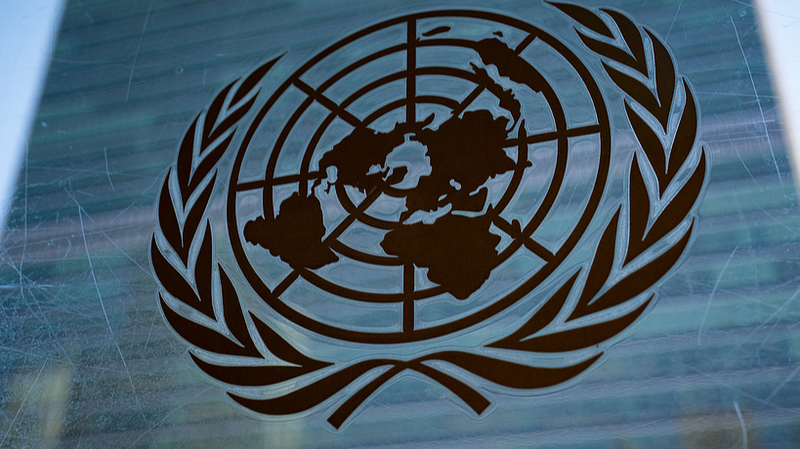In recent years, global health gains—such as longer life expectancy and lower child and maternal mortality—have slowed. At the same time, cross-border health financing is on the decline, putting decades of progress at risk.
Experts say today’s healthcare systems need fresh funding models built on bold collaboration, higher risk tolerance and a long-term outlook. Traditional funding architectures often lack these ingredients, leaving us vulnerable to emerging threats.
Four forces are reshaping the future of global health:
- Climate impact: Rising temperatures and extreme weather could cause 14.5 million extra deaths by 2050, according to forecasts.
- Aging population: The number of people over 60 is set to double in the next 25 years, straining pension and care systems worldwide.
- Non-communicable diseases: Conditions like diabetes and heart disease are surging, demanding new prevention and treatment investments.
- Healthcare disparities: Systemic gaps in access and outcomes leave millions behind, especially in low-resource regions.
To stay ahead, stakeholders—from governments and development agencies to private investors and tech entrepreneurs—must embrace innovative financing tools such as blended finance, social impact bonds and outcome-based contracts. These models can unlock new capital, spread risk and align incentives around long-term health outcomes.
By fostering a global health ecosystem that values collaboration as much as capital, we can protect hard-won gains and build more resilient systems. The future of health depends on our willingness to innovate today.
Reference(s):
Innovation & new funding models needed in face of falling health spend
cgtn.com




